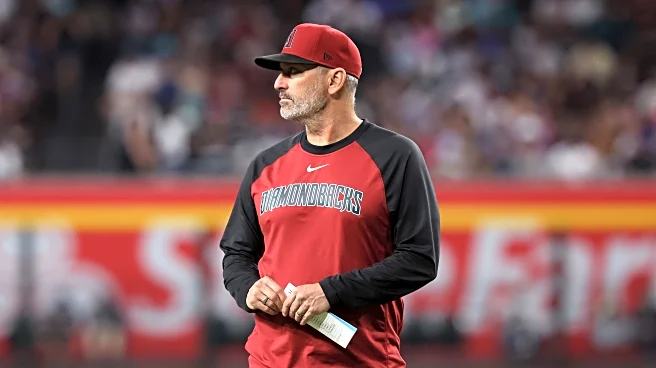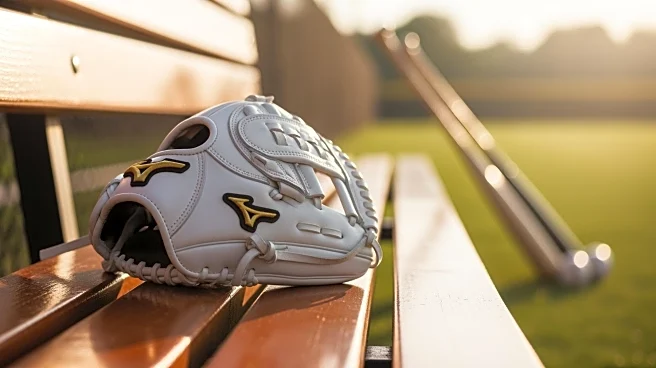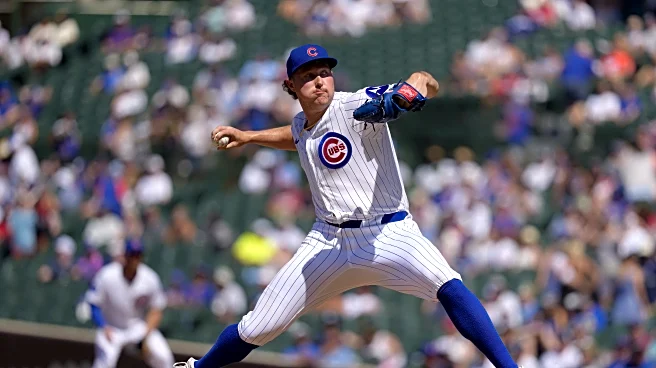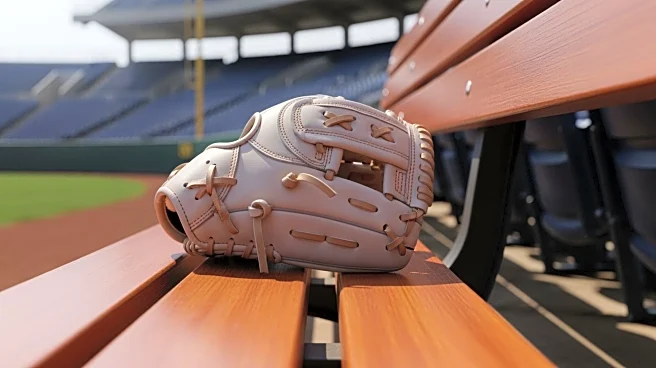Inspiration.
59% of fans picked relief pitching as most responsible for Diamondbacks missing the playoffs per this AZ Snake Pit article. It accurately pointed to stats like ERA, win probability, and very few shutdowns.
Another AZ Snake Pit article used stats to make the following two points that I want to look at:
- “That suggests to me Lovullo is leveraging his shaky bullpen to good effect.” — Jim McLennan
- “It seems likely the WP total is due more to a shortage of good outings than an excess of bad ones.” — Jim McLennan
Do quality starts impact bullpen results?
The following table (data from Baseball Reference) shows three things:
- The Diamondbacks had more quality starts than league average.
- The Diamondbacks win percentage for quality starts was better than league average.
- The Diamondbacks win percentage for NON quality starts was worse than league average.

Because the bullpen ranks so low in many stats, it’s remarkable that the win percentage for quality starts was above average. Also, I noticed that only half the quality starts resulted in relievers stepping into the game with a lead of 2 or more runs (We’ll look at that next). Those two factors informed my view that it’s likely that quality starts give Torey Lovullo more choices in picking relievers (and better pitcher/batter matchups). Therefore, I agree with the statement that he leveraged his shaky bullpen.
The following table (data from Baseball Reference) shows, for quality starts, how games won depended on the score when the reliever stepped into the game.

A realistic view of how well Lovullo leveraged his shaky bullpen is when the bullpen entered the game with score being within 1-run. The Diamondbacks won 8 of 10 with a 1-run lead, 4 of 7 with a tied score, and 3 of 6 when behind 1-run. That is amazing because the bullpen’s ERA, win probability, and shutdowns ranked very low. The bullpen seemed to have more good outings than they deserved!
How bad was pitching in innings 8 and 9?
The following table (data from Baseball Savant) shows two stats that were worse in the last innings compared to the earlier innings. The differences are large enough that I’m confident that it was not due to random variation.

Fans certainly have bad memories of losing games in the last two innings. Let’s look at four pitchers who were above average AND could possibly pitch in those innings next season.
Next season, who could pitch in the eighth and ninth innings?
A first point is that AJ Puk and Justing Martinez are on the IL and will likely not be available until late in the season (and maybe they don’t return next season). A second point is that I’m confident from Mike Hazens statements that the Diamondbacks will acquire at least two new bullpen pitchers. A third point is that I think that Brandyn Garcia will make a positive impact on the bullpen per this AZ Snake Pit article.
With those three points in mind, let’s look at four Diamondbacks who last season pitched above average in the eighth and ninth innings. The following table looks at their late inning performance, and their Got-The-Job-Done (GTJD) for all innings. GTJD is no earned runs and no inherited runs scored.
The following table (data from Baseball Savant) shows the four pitchers who show promise pitching in the late innings for next season.

Summary.
Quality starts impact the bullpen results. They give the manager more choices on picking relievers, which results in better pitcher/batter matchups.
The Diamondbacks had more quality starts than league average. Also, for quality starts their win percentage was better than league average.
Lovullo leveraged his shaky bullpen, as evidenced by the Diamondbacks wins in quality starts, when the reliever entered the game with the score being within 1-run. That was amazing because the bullpen’s ERA, win probability, and shutdowns ranked very low.
The Diamondbacks relievers pitched worse in the eighth and ninth innings compared to the first seven innings. Nevertheless, four pitchers pitched well and show promise for next season’s eighth and ninth innings.












